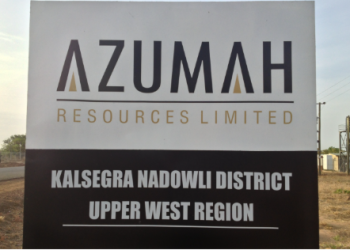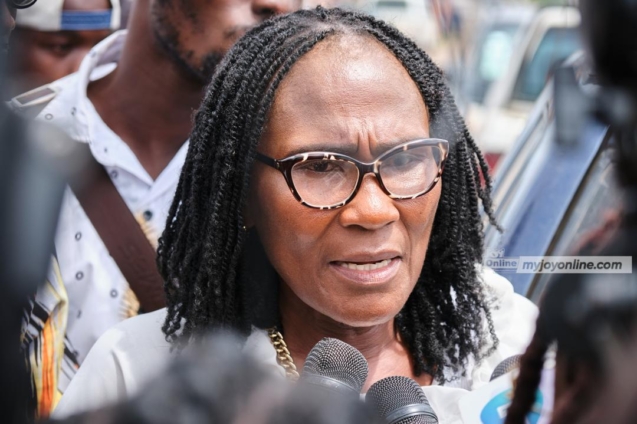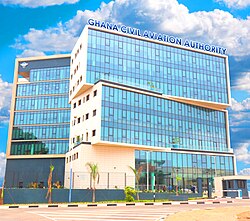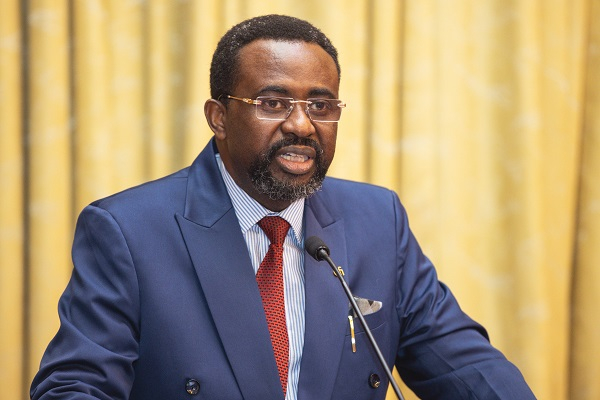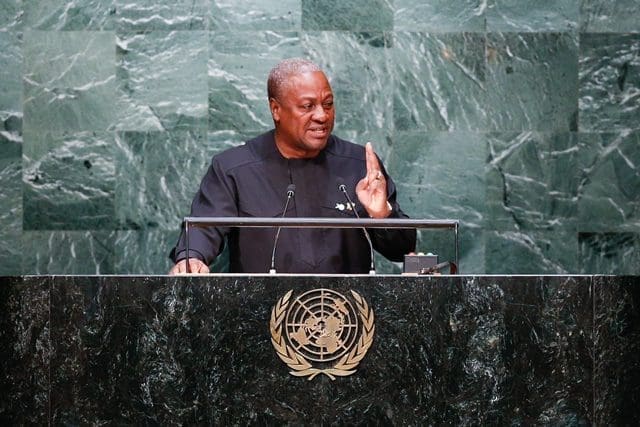The Bank of Ghana sold $1.4 billion in foreign exchange during the first quarter of 2025, according to the latest International Monetary Fund (IMF) review of Ghana’s economic programme.
“The Bank of Ghana’s footprint in the FX market continued to increase. Large-scale FX intervention continued in 2025, reaching $1.4 billion in the first quarter,” the Fund noted.
This marks a significant surge in market activity, surpassing the $1 billion total intervention recorded for the entire year in 2023. In 2024, the Bank ramped up its efforts further, selling $3 billion—$2 billion of which occurred in the fourth quarter alone, ahead of the general election.
Bank of Ghana’s Foreign Exchange Interventions, 2023–2025 (Billion USD)
The IMF has urged the Bank to scale back its presence in the foreign exchange market and adopt a more flexible exchange rate regime. It further recommended the implementation of a formal internal intervention framework to enhance transparency and predictability.
Responding to queries from JoyNews Research in May 2025, officials from the Bank of Ghana explained that the increased interventions stem from persistent dollar-denominated obligations in the energy sector. These include monthly payments to independent power producers, fuel suppliers like the West African Gas Pipeline Company, and importers of refined petroleum products. Fuel imports alone average around $400 million per month, translating to a quarterly demand of approximately $1.2 billion.
Despite the high outflows, the central bank has benefited from strong foreign exchange inflows. Higher gold prices, robust domestic gold purchases, improved remittance inflows, and stronger cocoa earnings have boosted Ghana’s gross international reserves to $10.6 billion—equivalent to 4.7 months of import cover.
This cushion has allowed the Bank to continue defending the cedi without endangering broader macroeconomic stability. The local currency, which began the year at 14.7 to the dollar, is now trading at 10.37—making it the world’s best-performing currency so far in 2025.
Analysts attribute the cedi’s rally partly to a softer U.S. dollar under President Trump’s economic policies, but more significantly to Ghana’s tight fiscal stance and rising gold revenues. Nonetheless, the scale of the Bank’s forex interventions remains a major factor.
At the current pace, the Bank of Ghana could end the year having sold as much as $5.6 billion in foreign exchange—nearly double the amount recorded in 2024. Achieving this will depend on continued strong inflows, especially from gold, where prices remain elevated.
However, heavy reliance on commodity-driven inflows comes with risks. A downturn in global gold or cocoa prices could expose the currency to renewed pressure. Should reserves weaken or external shocks occur, the risk of fresh depreciation increases.
While disciplined fiscal and monetary policies have supported the cedi’s gains thus far, a more rules-based approach to forex intervention is becoming increasingly vital. The IMF’s push for an internal policy framework underscores this need. Without it, Ghana risks swinging from stability driven by interventions to volatility should inflows falter.
The cedi’s performance is encouraging—but sustaining it will require deliberate planning, discipline, and transparency in forex management.
Source: JoyNews Research, myjoyonline.com




